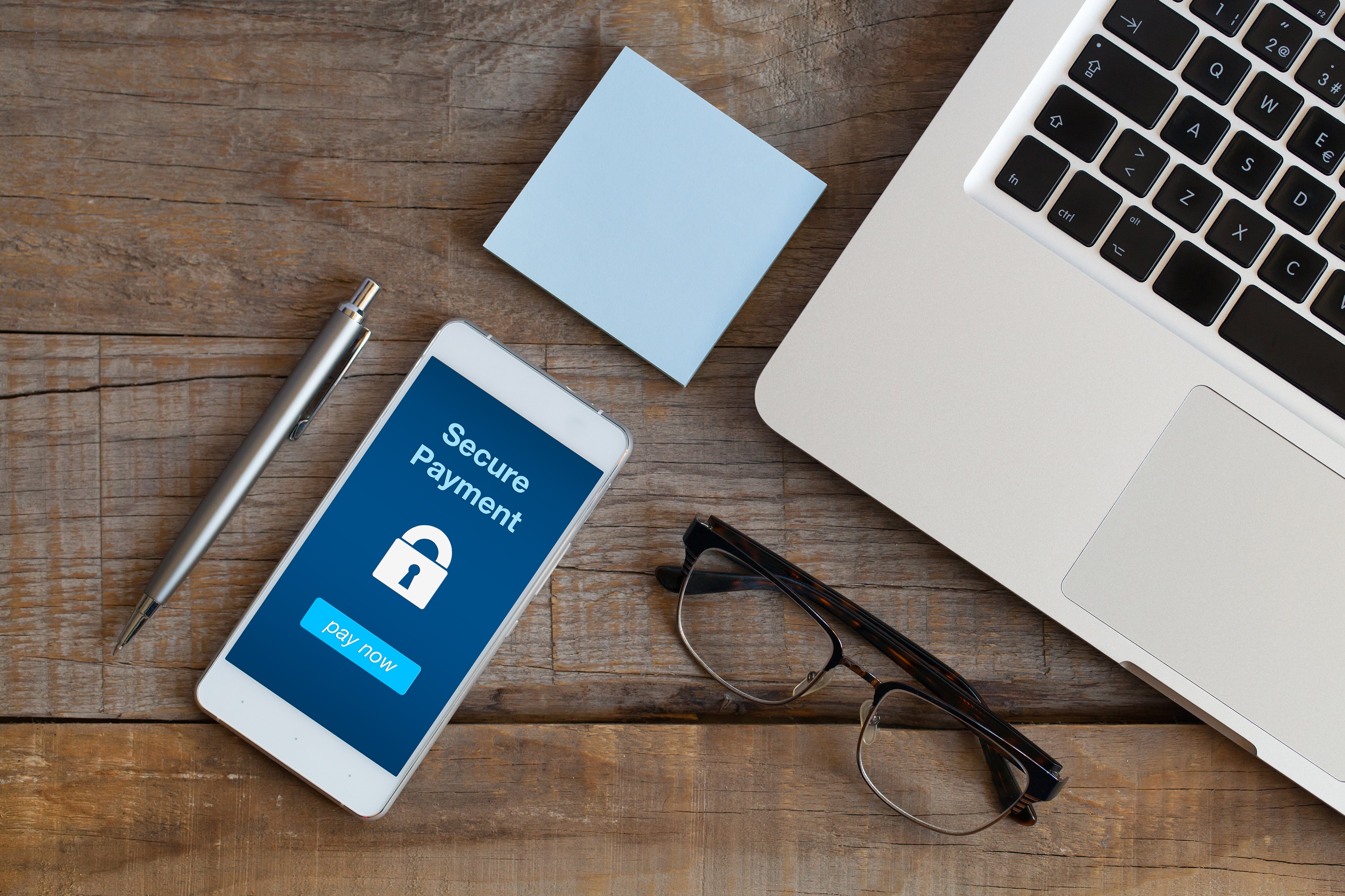The financial industry has seen many changes over the years, and that includes the rise of digital and mobile payments. As customers have become more reliant on technology — such as their phones, computers and wearables — they've also become more accustomed to convenient and flexible payment options. With preferences changing, various industries such as healthcare, auto, eCommerce, finance and more are adopting digital wallets for consumers and even corporate wallets for business-to-business (B2B) payments.
While the future of payments may not be completely cashless, it's looking increasingly more digital and contactless as trends evolve and consumers opt for digital wallets and mobile payments. This article discusses the difference between digital wallets and mobile payments, the benefits of both, and current trends surrounding the two payment options. Keep reading to learn more.
Digital Wallets vs. Mobile Payments
Before we start, let's break down the difference between digital wallets and mobile payments. Although people often use these terms interchangeably and they both are used to store card information, they function differently.
Digital Wallets
Digital wallets are a software-enabled payment technology that securely stores encrypted versions of gift cards, coupons, loyalty cards, event tickets, boarding passes, membership cards, identification cards, car keys, cryptocurrency and more in the cloud. These digital versions can then be accessed on a connected device such as a computer, smartwatch, tablet or phone, enabling users to seamlessly make money transfers, eCommerce purchases, contactless payments and more online or on the go. Because the data is encrypted, the actual payment data is never passed on, further protecting the consumer.
Some notable examples of digital wallets include Google Pay™, Apple Pay®, PayPal and Venmo. Additionally, many apps, such as those from Starbucks and Target, have integrated their loyalty and rewards programs into various digital wallets for customers to use through any of the connected devices listed above.
Mobile Payments
Mobile payments, also known as mobile wallets, are digital wallets that allow users to store their card information to make contactless payments from a phone, smartwatch or other mobile device. While digital wallets can be used from almost anywhere (think card-not-present), mobile payments require users to first download an app, which then allows them to make in-person payments via tapping or holding the device near sensors at checkout terminals via NFC (near-field communications) technology. Additionally, secondary verification or a biometric layer of security, such as a passcode, face scan or fingerprint scan, is required with mobile wallets to complete the payment.
Mobile payments, including Apple Pay® and Google Pay™, can also fall under the category of digital wallets.
The Rise of Digital Payment Options
Mobile payments and digital wallets are attracting customers interested in new payment options. Amid the COVID-19 pandemic, there was a global surge in digital payments as customers are opting for them as a safer, contactless alternative to cash and card payments. Worldwide, two-thirds of adults now make or receive digital payments.
With almost every adult consumer owning a smart device, digital wallets and mobile payments are increasingly becoming the preferred and more accessible payment alternative to traditional options and systems. As a result, people who were once shut out or limited by conventional financial and banking options are adopting these payment methods to achieve financial freedom and support economic growth in different regions. For example, digital wallets and mobile payments support the alternative credit and lending “buy now, pay later” option, which enables consumers to immediately finance a purchase on a short-term basis.
Why Are Digital Wallets and Mobile Payments Important and What Are the Benefits?
For consumers, it comes down to convenience and security. Digital wallets and mobile payments offer consumers a fast, easy, omni-channel experience. They can make purchases without shuffling around for cash, debit cards or credit cards when they're on the go. If they're at home and paying online, they're less likely to abandon the payment because their card isn't readily available.
There's also the security concern. For example, if a consumer loses a physical wallet, another party could easily use their cards and the information kept within. However, if they lose their phone or other mobile device, the tokenization and encryptions used to secure digital wallets reduce security risks by requiring biometrics or two-factor authentication to make a purchase. These steps make fraudulent activities and chargebacks by an outside party more challenging to initiate, which helps protect both the customer and the business from theft and loss.
Although the saying is "cash is king," the future of payments is headed toward digital wallets. A global study shows that by 2026, more than 60% of the population will rely on digital wallets, giving businesses ample opportunity to get on board.
Keep Your Customers Happy with Digital Payments
With customer demands constantly changing, finding ways to meet them is important. They want fast and easy payment options and positive customer experiences, and digital payments offer exactly that. From a seamless payment experience to a secure transaction, digital wallets and mobile payments help your customers conveniently pay from wherever they are.
If you're considering expanding your payment options to keep your customers satisfied and build customer loyalty, contact us today to see how REPAY can help.
